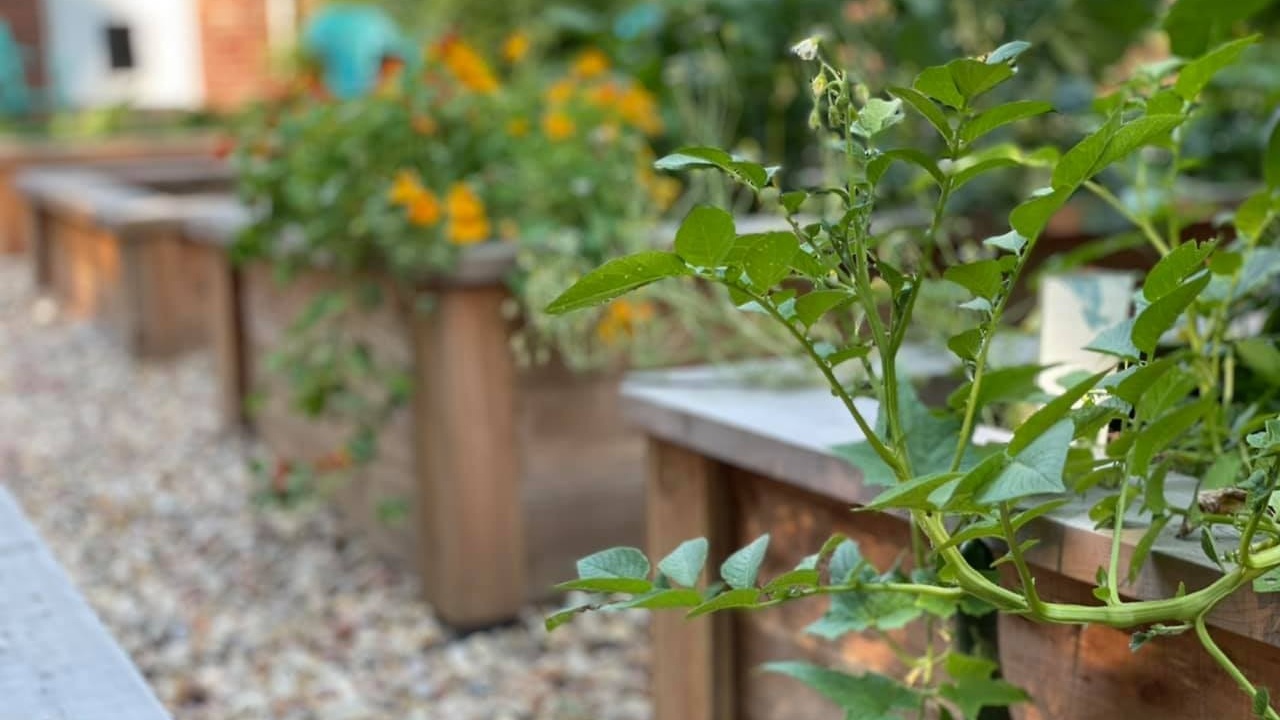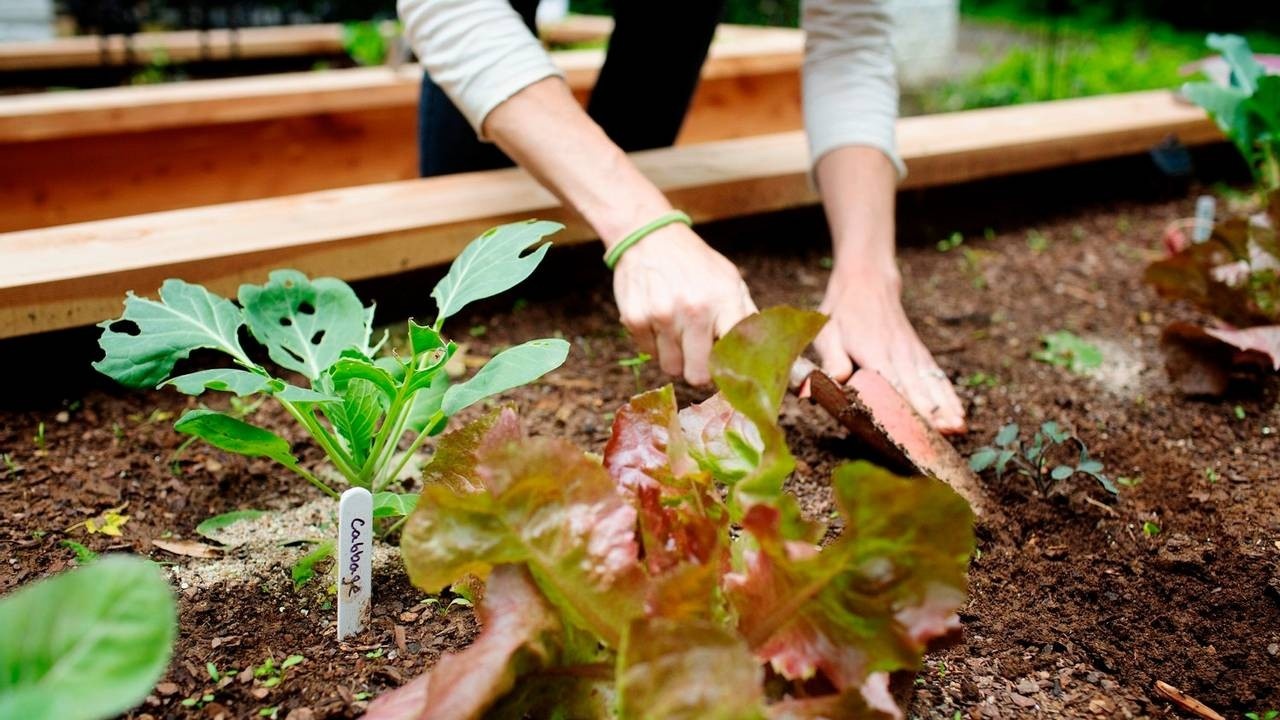Edible Flowers For Fall in the Midwest

Dandelions, pansies, and chives oh my!
Let’s talk about the edible flowers of the midwest!
Below is a list of the fall edible flowers you can grow in Kentucky and the midwest as well as some ways to use edible flowers. Some add strong flavor, others are used in herbal remedies, and all of them look beautiful taking any dish from good to gorgeous! I always encourage gardeners to plant fruits, vegetables, and flowers to increase their food security through their garden. The flowers help attract more beneficial bugs and pollinators and if you use the flowers listed in the blog you can eat them all too so no space in the garden goes to waste.
Keep in mind when growing these treat them just like fruits and veggies, avoid using pesticides and herbicide on the plants especially the flower and try to only use natural fertilizers. Give me a call if you want to fertilize your beds because I’ve got a great all natural soil booster I can come and apply as well as clean up your beds and ...
10 Steps to Starting Your Edible Garden

1. Look at your yard, this is vital. Look at it in the morning, midday, and afternoon. If you want, just sit in your yard for a day and if anyone asks, say you're working on your garden because it's the truth. You need to know where the sun hits in your yard. While you watching take note of where the sun hits at each point in the day. Placing your garden in the right place will set you up for success right away.
2. Once you've observed your yard, use the information you collected to find a spot that gets around 6 hours of direct sunlight. If you have to choose between shaded in the morning or shaded in the late afternoon choose the afternoon shade as this can be helpful in the peak of summer.
3. Make a plan. Before you put a shovel in the ground you need to make a plan for your garden. This will help you stay focused and motivated because you will have a clear goal. Your plan should include a garden layout; how every you want to organize your garden. Here at Edible Gardens, we use r...
The Truth Behind 4 Common Home Garden Myths

Myths in the gardening world are problematic. They deter hopeful home gardeners and confuse new home gardeners by making it sound complicated! That's why today I want to discuss 4 common home gardening myths and the truth behind them!
Dismiss the myths that are holding your garden back!
Myth #1: The best spot for your garden is a spot that gets sun all day.
A full day of sun for us can be as much as 10 -14 hours but your veggies and fruit don't actually need that much. In the farming world full sun means 6 hours of direct sun, and some plants like lettuce and do well in as little as 3 hours of sun. The best spot in your yard for a garden only needs 6 hours of direct sun and for many plants shade in the afternoon is beneficial. A bit of shade in your garden can help reduce issues like sun scald in peppers and tomatoes. It can also help reduce water loss, mid-day wilt, and high temperatures in the garden. If you do not have a good spot that gets both direct sun for 6 hours and some l...
Fall Cool Season Pests

As we head into fall most insects will start to find places to overwinter and be less active in the garden, that being said there are still plenty that will stick around to eat the last of the available harvest before winter sets in! Be on the look out for these fall garden pests to protect your fall harvest, and set yourself up for success next year! If you can stay on top of pest control in your garden and kill the insects before they can find a place to overwinter then you will reduce the number immerging in the spring to snack on you next seasons crops. To control these pests in your home garden the best management is physically removing them and killing them on sight!
Beet Armyworm are a caterpillar that loves bush beans in the fall so pay special attention to these and any cucurbits you may still have in your garden like squash, pumpkins, or melons. The larvae will eat the leaves and even the fruits of your plant as they mature. Be on the look out for the caterpillar but also fo...
7 Food Scraps to Regrow and Repurpose

The cool season is not far off and that means fall gardens are in! We all love free plants and this summer you may have had to purchase some cool season plants to supplement your garden so today I want to talk about how you can take the scraps of 7 common cool season plants and regrow them! I will walk you through how to regrow green onions, romaine lettuce, celery, carrot tops, bulb fennel, leeks, and herbs.
What you'll need:
- A container (glass preferable), this could be a cup or a dish
- Fresh water
- A sunny window is preferred but a bright indirect light will also work
- Food scraps!
You may have already dabbled in the art of regrowing food scraps; green onions are an easy and common way to start.
1. Green Onion
I am starting with green onions these are by far the easiest plants to regrow from grocery store scraps or from your own garden scraps. When you buy them at the store you get the whole plant but often only use the greens cutting back till only an inch is l...
Cool Season Planting: The basics
The cool season is just around the corner, and you can start getting your garden ready with these basics! It is time for lettuces, beets, swiss chard, cabbage, dill, and more!
To prepare you need to prune, clear, prep the soil, and pick your plants. Very soon we plan to release a Free Fall Challenge to walk you step by step through growing a fall garden so in this blog I just want to go over the basics.
Pruning
Your summer garden should be winding down, plants will produce less, and be producing smaller fruit. The plants that are still producing can be pruned back to encourage the plant to put out their last fruit. Any dead or yellowing foliage can be cut away and put in your compost.
Clear
Clear away any dead or dying plants and any debris that may have built up in your garden. You want to clear as much soil space as you can in your beds for the new planting, but leave anything still producing, and give your garden a fresh start.
Prep the Soil
Between growing seasons, you want...
What is the secret to having tomatoes in my fall salad garden?

Fall Garden Planning

Summer Planting for Fall Gardens in KY

It's July in Kentucky and hard to think of fall when the summer temperatures are so hot, and the spring planting frenzy feels like its just over. However, it is time to start sowing seeds and and thinking about where your fall plants will be tucked into the garden. Think: carrots, beets, broccoli, cabbage, swiss chard, kales, and many other of your favorite fall fares. The smaller, faster growing greens like radishes, lettuces, spinach, etc will come later.
So where do we start? First of all, let's just say that there is still time to sneak in a few last minute summer plantings. Cucumbers, squashes, & green beans can all stand to be directly sown into the hot soil and will mature safely before threat of frost in late October.
Now let's familiarize ourselves with three plant families: Chenopods, Umbelliferous, and Brassicas. For edible plants, the Chenopod Family contains beets, swiss chard, and spinach. July & August are greet times to begin direct sowing beets and chard in...

